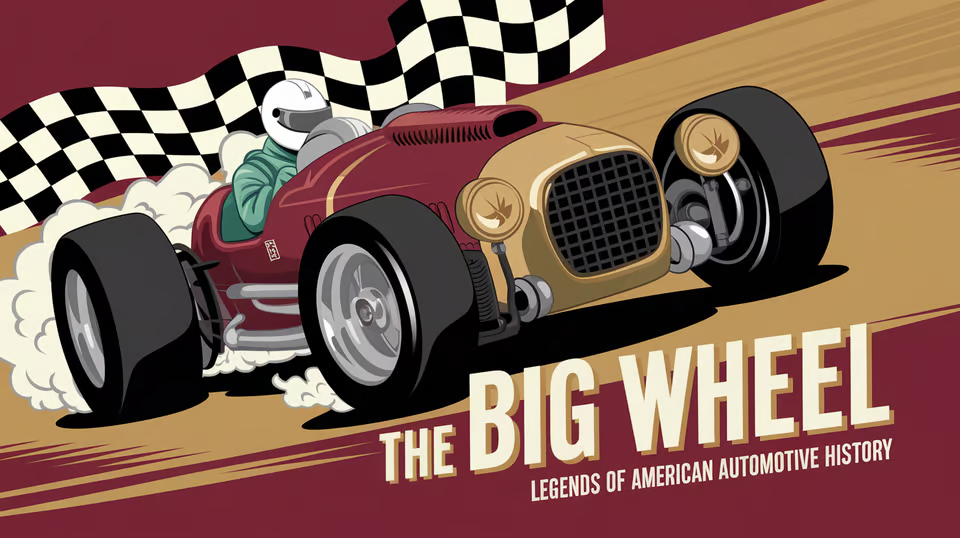F1 vs Indy 500: A Scheduling Conflict Hurting Motorsports
The motorsport world’s buzzing after Formula 1 decided to schedule its Monaco Grand Prix on the same day as the iconic Indianapolis 500. This move has sparked a lot of debate among fans, drivers, and just about everyone in the industry.
Both events are massive in their own right, each a cornerstone of its discipline. Overlapping them? That could split the audience and mess with the experience for motorsport fans everywhere.
The Clash of Titans: F1 vs. Indy 500
Contents
Formula 1 and the Indianapolis 500 stand as two of the most prestigious events in motorsport. The Monaco Grand Prix shines in the F1 calendar, famous for its glamour, tricky circuit, and storied past.
The Indy 500, meanwhile, is an American classic—high-octane, huge crowds, and a whole lot of history at the Indianapolis Motor Speedway. This year, F1’s decision to go head-to-head with Indy 500 has definitely raised some eyebrows.
Usually, these two events land on different weekends. That gives fans a chance to dive into both without having to pick sides. Now, though, fans have to choose which one to watch, and that’s a tough call for anyone who loves racing.
Impact on Viewership and Fan Experience
The most obvious worry here is viewership. Motorsport fans usually follow more than one series, so forcing them to pick? It’ll split the audience, no doubt.
That affects TV ratings and just the vibe of the whole thing. Plus, the fan experience could take a hit.
People plan their whole weekends around these big races—watch parties, trips, all of it. When the events overlap, those traditions get disrupted, and the whole experience feels a bit fractured.
For anyone who looks forward to both races every year, this is more than a minor letdown.
Economic and Sponsorship Implications
The economic side of things isn’t looking great either. Sponsorship deals and ad revenue depend on big, engaged audiences.
With fans split, sponsors might not get the returns they expect, and that could make them rethink putting so much money into the sport. Teams and drivers could also feel the squeeze.
Sponsors love getting their brands in front of as many eyes as possible at these high-profile events. When the audience is divided, there’s just less exposure to go around.
Impact on Media Coverage
Media coverage takes a hit, too. Journalists and broadcasters who usually cover both F1 and IndyCar now have to pick which event to focus on.
That means less in-depth coverage for each race, and fans might miss out on the analysis and stories they’re used to. Big moments from either race could get buried in the news cycle.
In a sport where every race can bring something historic, it’s a shame if those stories don’t get the spotlight they deserve.
Long-term Consequences for Motorsport
This scheduling decision could have ripple effects for years. It sets a precedent that might lead to more conflicts down the line, and that could fragment the fanbase even more.
The rivalry between F1 and IndyCar might heat up, making things more competitive and less collaborative. That’s not great for growing the sport or attracting new fans.
Potential Solutions and Moving Forward
Honestly, better coordination between F1 and IndyCar seems crucial if they want to avoid this in the future. Why not agree on a schedule that lets fans enjoy both events?
Maybe a joint committee could help keep things on track. Or, they could lean into digital streaming and on-demand options, so fans don’t have to miss out just because of a scheduling clash.
Technology’s there—why not use it to make life easier for everyone who loves racing?
Conclusion: A Call for Unity in Motorsport
The Monaco Grand Prix and the Indianapolis 500 end up scheduled on the same day. This choice splits the motorsport fanbase and takes a toll on viewership.
There are obvious economic and media consequences when two huge events overlap. F1 and IndyCar really should talk things through and try to find a better way forward.
Fans want thrilling races, not a scheduling headache. If you’re curious about the details, check out this deeper dive on F1’s decision to go head-to-head with Indy 500 and what it means for motorsport.


